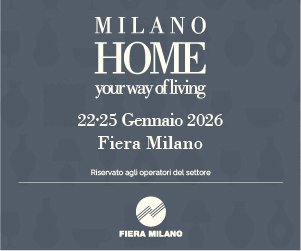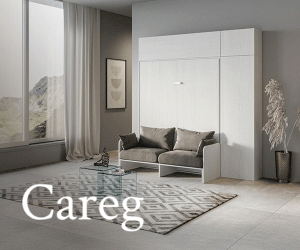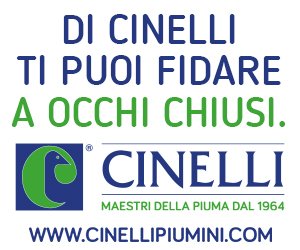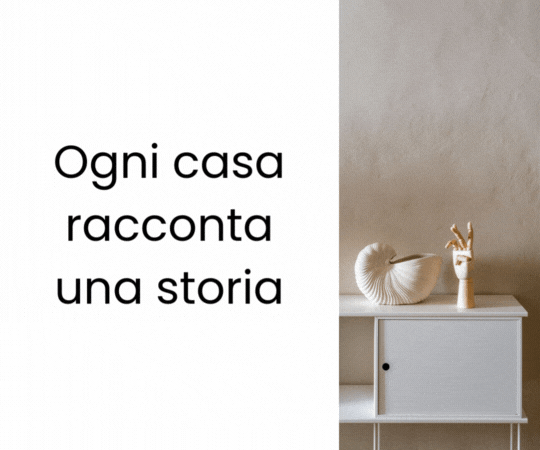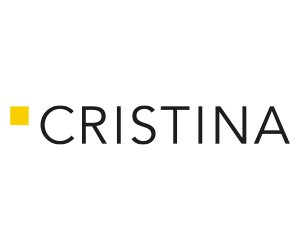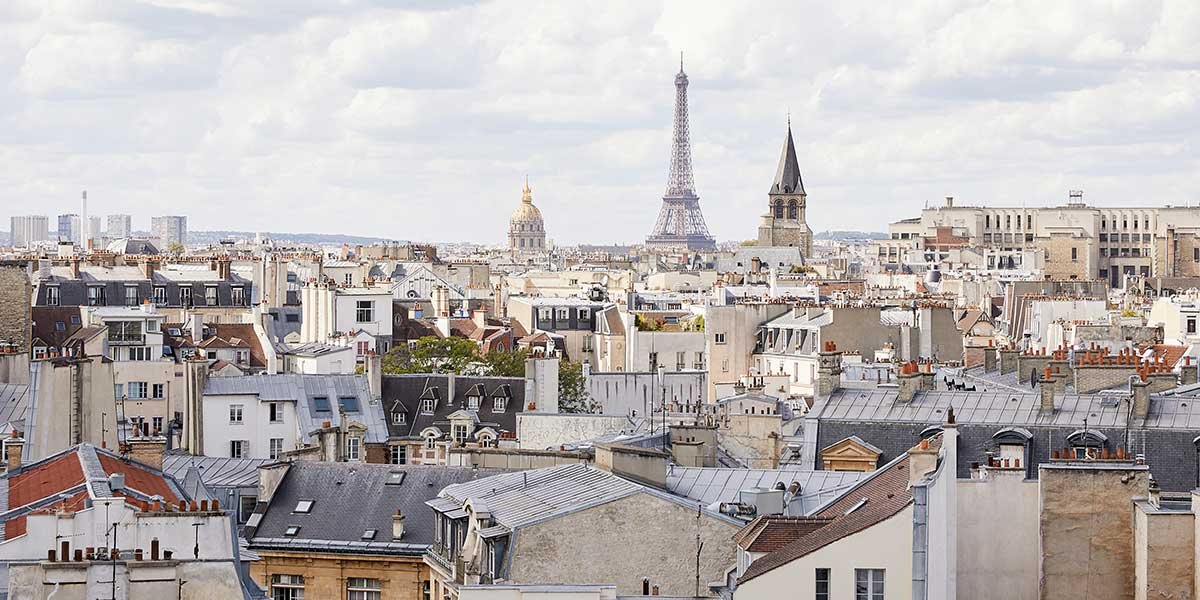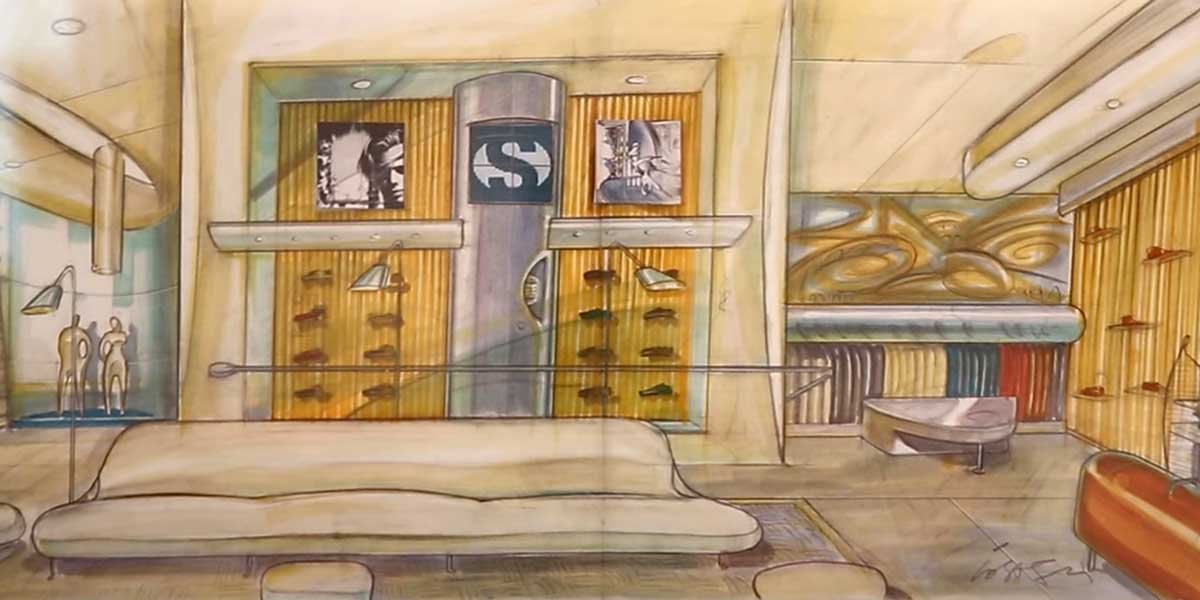Craftsmanship looks at the magic of transparency with the curiosity of a child and finds its most charming representation in the skills of two true artists: Laurence Brabant and Alain Villechange. Through their works, they encapsulate the visible and the invisible, shaping one of the dreamiest and most delicate materials, always synonymous with highly skilled craftsmanship. A handmade design characterized by liveliness and grace, a serious yet elegant “game”: welcome to the realm of glass. Answering our curiosity about such a poetic production is Laurence Brabant.
Why did you choose to work with glass?
Actually, my original choice had nothing to do with glass. It started by chance. When I was young, I was on vacation in northern France, and some pieces of fabric left out in the sun and wind caught my attention while I was playing: I was fascinated by how the fabric, when wet, appeared almost transparent and then, as it dried in the sun and air, became increasingly opaque. Then, when wet again, the magic started all over.
This transformation between the visible and the invisible, brought about by the surrounding elements that had captivated me so much, could be recreated with just one material: glass. It can become absent, change, and show everything, every detail, in an extremely dynamic way, just like those fabrics in the wind. It is a material that by its nature encourages us to transform it and use its malleability to find new solutions. These characteristics contribute to the aesthetics and ingenuity of our objects. A “game,” like wet fabric in the sun: we play with glass.
Decales glasses.

What inspires you, the essence of your work?
Certainly, the landscapes where I grew up, those of the Côte d’Opale on the North Sea. Rains, winds, the ever-changing sea, and different lights: constantly moving elements. In those places, there is movement that forces change, adaptation, and observation of what surrounds us. Movement is life, pure life. So even though I experimented with paper and fabric in the past, soft materials, the encounter with glass was decisive. Some of my early projects were also inspired by laboratory equipment. This is because I enjoy observing those tools, as their use is linked to specific uses and manipulations and always invokes the foundational idea, for me, of transformation.
But they also refer to the chemical and physical properties of glass, its resistance to chemical agents and direct flame, which makes it particularly suitable for object types like teapots, for example. Movement, transformation, glass itself as a material and its properties: there’s the essence of my work, tempestuous and resilient..
From left to right: optical effect decanter O, bottle with pipette for serving vinegar or soy sauce Sans Piper Mot, salt shaker En Coulisses, cap Entracte, bottle with sphere for measuring 3cl X 3cl, water jug Manche a eau.
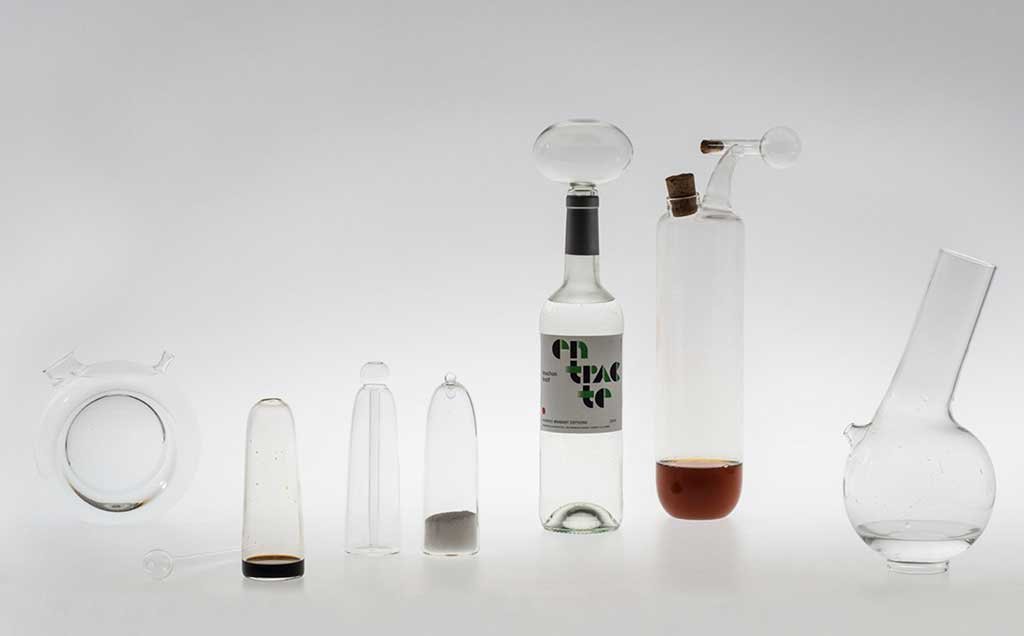
For which objects do you think glass is most suitable?
I believe the smooth, colorless quality of the material particularly favors plays between the container and its contents. Thanks to transparency, the content is visible, and at the same time, it also makes the shape of the container itself evident, as in the case of the Bavarde carafe.
This carafe is, in fact, a functional, recreational, and educational object at the same time: it clearly and playfully demonstrates the principle of communicating vessels. In these kinds of projects, the design almost seems to disappear: colorless, without visual clutter, and almost boundless, it reveals itself when used. It’s both silent and expressive, material and immaterial, content and container.
Bavarde carafe.
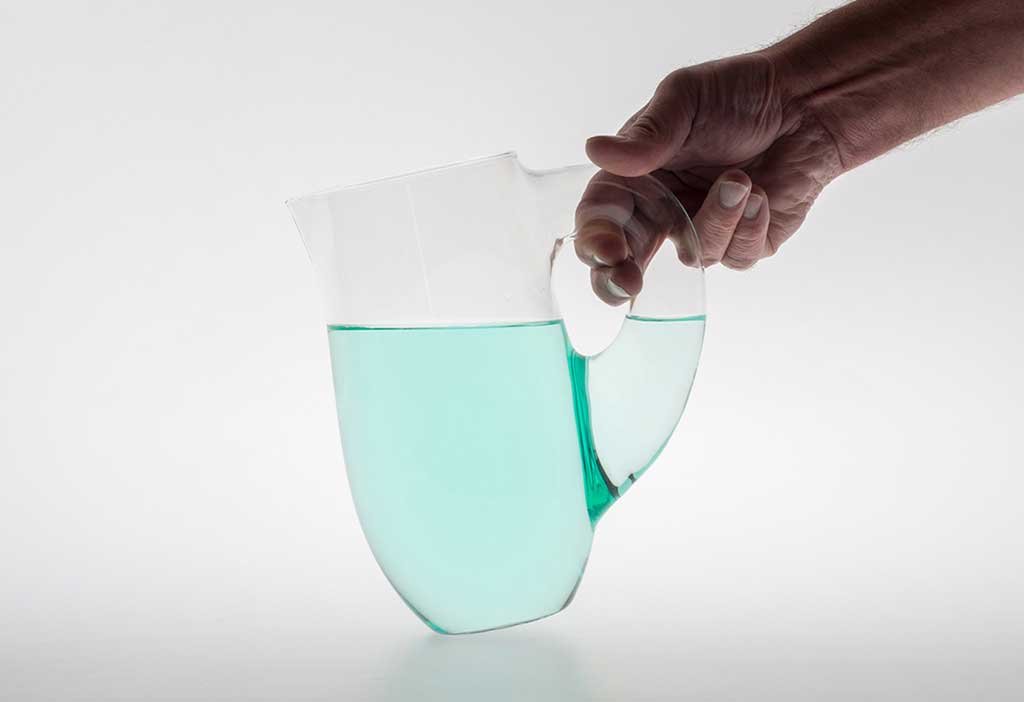
What’s a work you’re particularly proud of?
I would say the Bol Noir bowls because they demonstrate a very important aspect of glassmaking: technique. It’s always stimulating to delve into it. These bowls, unique pieces, demonstrate a reinterpretation of the glass heritage. Alain and I were invited to the Glass Art Society in Murano in 2018 for a demonstration of this part of our work: we create breaks in the regular and continuous rhythm of glass, and this way of altering the pattern offers infinite possible variations, playing with the light and geometry of glass.
Creation of a Bol Noir bowl by Alain Villechange.
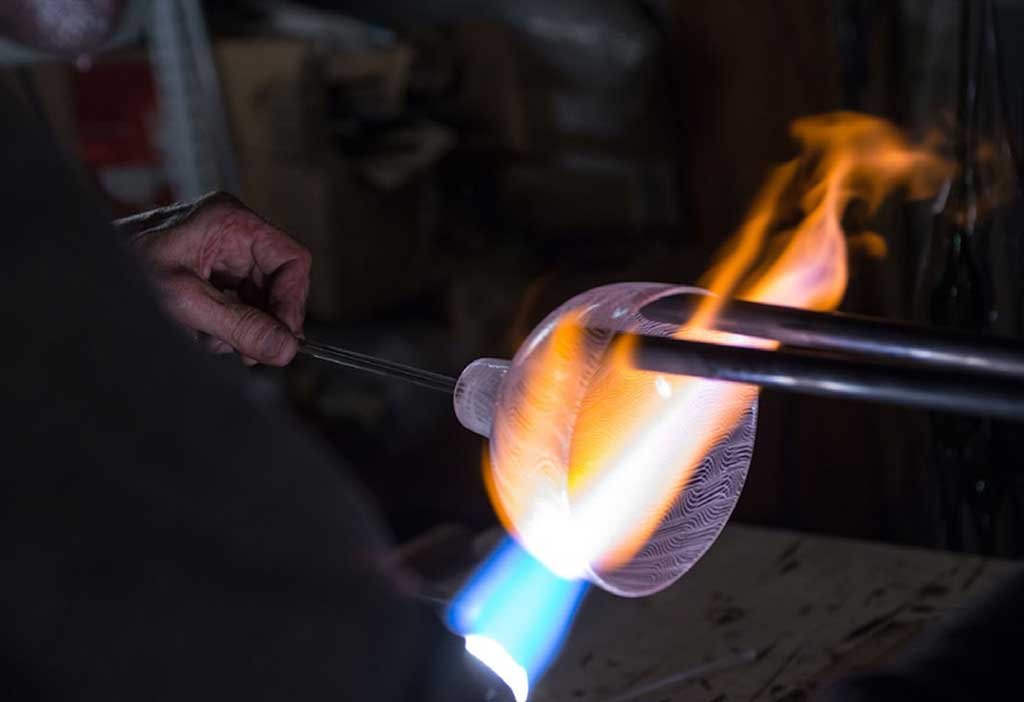
Laurence Brabant and Alain Villechange.
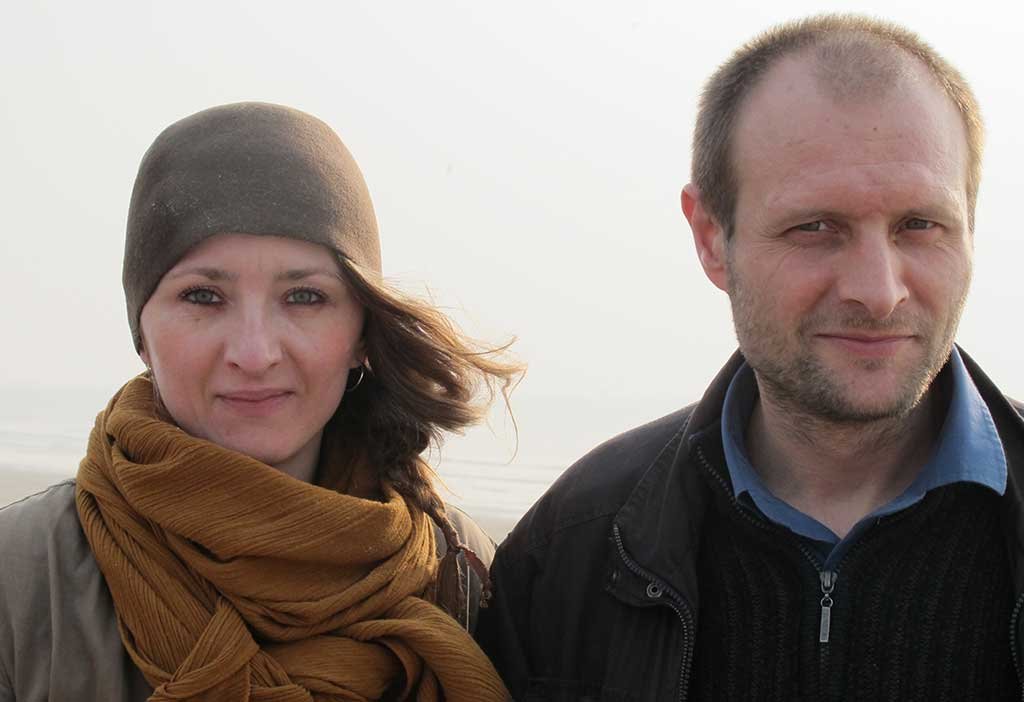
On the cover, an ensemble of creations by Laurence Brabant and Alain Villechange.




